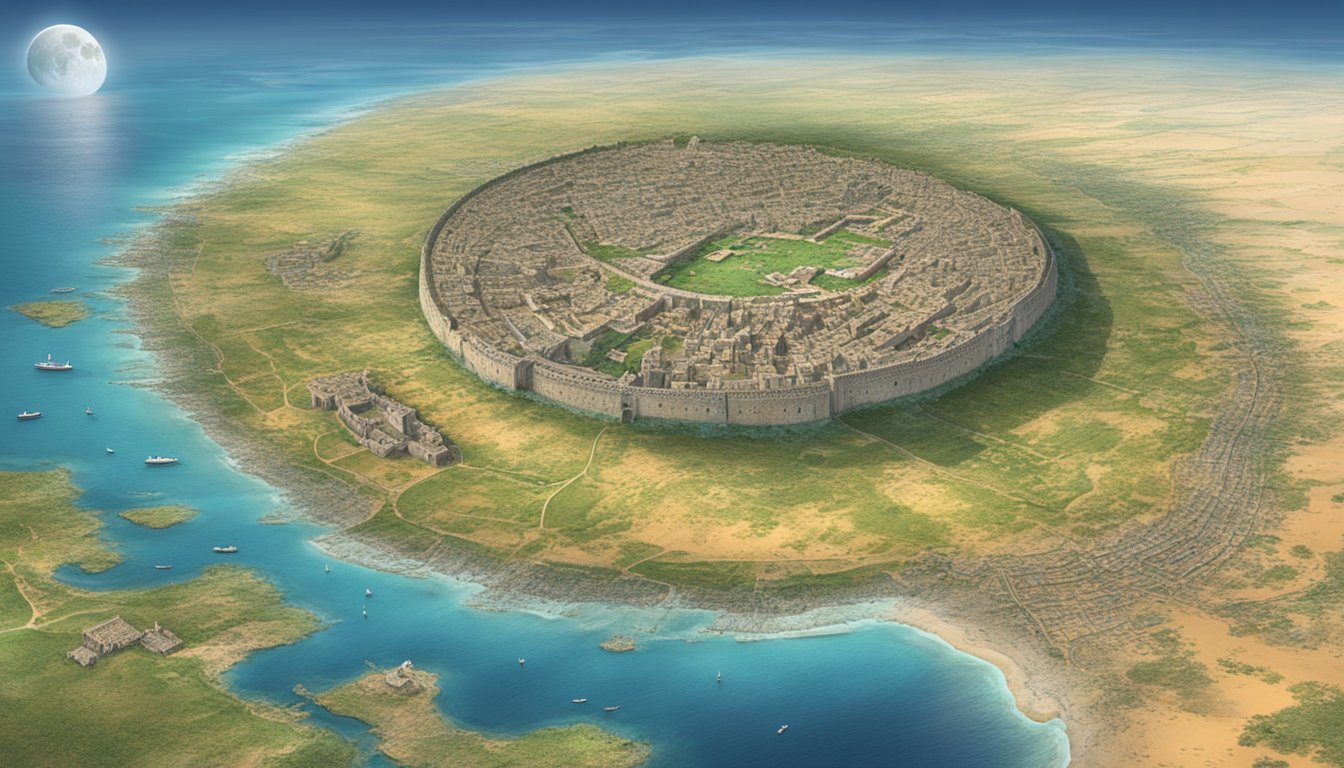Exciting news emerges as the World Monuments Fund (WMF) marks a groundbreaking moment with its first-ever acknowledgment of the moon in the 2025 roster of 25 endangered cultural heritage sites.
Alongside this lunar landmark, the situations in Gaza and the Swahili Coast are also drawn into focus, with Turkey’s historic city of Antakya making its debut on the list.
Protecting Our Lunar Heritage
Known for preserving renowned sites like Machu Picchu and the ancient temples of Cambodia, the WMF is now turning its attention skyward.
With over 90 significant lunar sites, including the historic Tranquility Base and the Apollo 11 landing area, the organization’s initiative urges global partnership to safeguard these irreplaceable locations.
As space exploration and tourism expand rapidly, protecting our lunar heritage has never been more critical.
The president and CEO of WMF articulated a strong dedication to preserving lunar history, especially as humanity’s pursuit of the stars intensifies.
With an increasing number of humans venturing into space, it’s crucial to adopt a proactive strategy for preservation, rather than being reactive.
Challenges and Advocacy
While there are attempts to promote preservation in space, such as the Artemis Accords—which the U.S. and 51 other nations have signed—challenges remain in their enforcement due to the current political climate, which can weaken their effectiveness.
Furthermore, efforts for a binding United Nations treaty aimed at safeguarding lunar sites have received tepid support from major nations, highlighting the need for stronger commitment.
Opinions vary on the immediacy of protecting lunar sites.
A space law expert pointed out that many planned missions focus on areas distant from historic sites.
However, she warns of potential dangers associated with tourism and outdated satellites if we fail to implement regulations.
The vice president of WMF’s programs acknowledged that moon tourism is almost a reality, underscoring the urgency of advocating for preservation now.
Cultural Heritage in Gaza
In its recent announcement, the WMF also spotlighted Gaza’s Historic Urban Fabric, recognizing its designation due to the cultural damage inflicted by ongoing conflicts.
This acknowledgment sheds light on the necessity of recovery efforts that not only preserve but also celebrate Gaza’s rich heritage, which includes mosques, bustling markets, and churches integral to its identity.
By highlighting the relevance of cultural heritage in fostering community and collective memory, the WMF aims to inspire hope for future restoration and resilience.
As we consider this list of culturally significant yet endangered sites, it serves as a poignant reminder of our shared responsibility to protect our global heritage for the generations to come.
Let us unite in celebrating these treasures while fervently advocating for their preservation.


